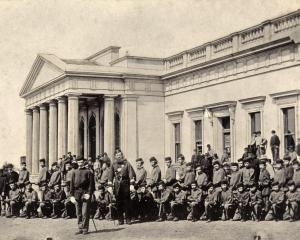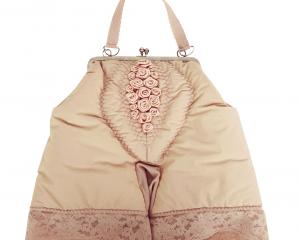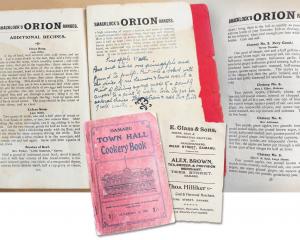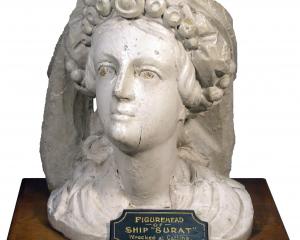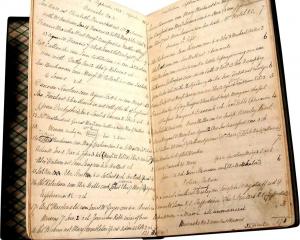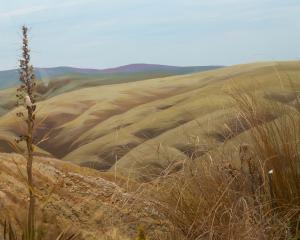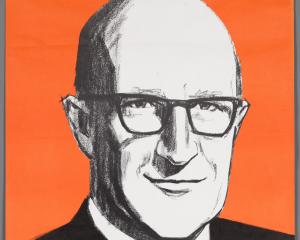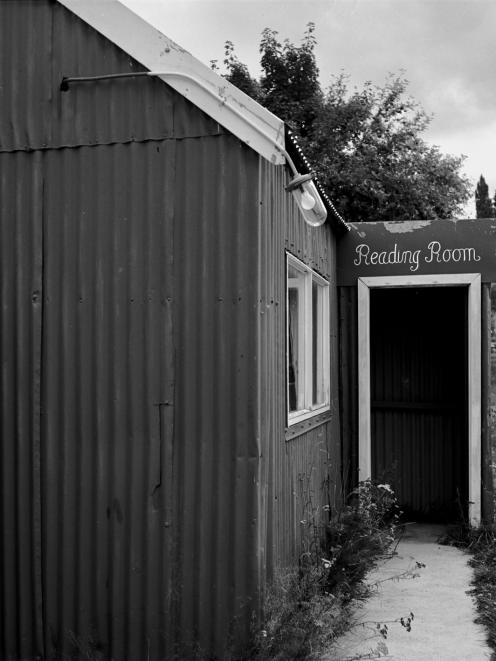
A reading room, by definition, presumably need only be large enough to fit a single person and something to read, but the Naseby Athenaeum surely numbers among Otago’s smallest and cutest.
The actual building is a little larger than it appears in the featured photograph but the photographer, Gary Blackman, was clearly taken by the cursive writing above the door and just focused his Rollei on the entrance.
Although the signage has changed since 1975 when Blackman visited Naseby on an Historic Places Trust tour, the listed building on Derwent St remains, originally constructed in 1865 as a Union church. Gold had been discovered in the Naseby area two years before, and by 1870 there were enough people living around the goldfield to establish churches of different denominations. As noted on the Heritage website, the corrugated iron building with gothic patterned windows was transferred to an Athenaeum committee and in 1873, the citizens of Naseby voted £200 be spent on buying books.
It was not unusual for libraries to be among the earliest public facilities established by settlers in their communities, but the Naseby Athenaeum is notable for its collection and records. Keith Maslen, of the department of English at the University of Otago, first alerted people to its significance more than 30 years ago when he discovered the records and over half of the original 4250 books bought by or for the Naseby Athenaeum between 1873 and the late 1930s, stored on site in a little back room.
The books have since been transferred to the Dunedin Public Library for safekeeping and photocopies of the main catalogue deposited at the Hocken.
Since public librarians have long routinely discarded books as they go out of fashion and the Privacy Act put an end to the custom of borrowers writing their names on cards, such records that reveal what books were bought when, for how much and who read them, not to mention the books themselves, make this archive a treasure trove in its own right for anyone interested in studying popular fiction of the late 19th and early 20th centuries.
A quick look at catalogue cards revealing titles like Mary Adams’ Confessions of a Wife (1902) opposed to the presence of only one book by John Ruskin (The Ethics of the Dust), suggested that people in Naseby were more interested in borrowing books for entertainment rather than edification.
There were multiple copies of Louisa May Alcott’s Little Women and Richard Blackmore’s Lorna Doone, and samples of more difficult literature, such as George Eliot’s Romola.
Minutes of the annual meetings provided insight into the day-to-day running and life of people behind the Naseby Athenaeum.
In 1911, for example, the organisation fell down on numbers with only 32 members and "the Misses Tootell", who cleaned the rooms for many years, finally resigned.
There was a perennial problem of newspapers going missing from the Reading Room. Residents and visitors were welcome to look at copies of various newspapers supplied by editors free of charge such as The Wanganui Herald and Cromwell Argus, as well as copies purchased by the Athenaeum of the Auckland Graphic, Otago Witness and Christchurch Press.
The photograph above is on display at the Hocken as part of the exhibition "Freefall".
It is a show curated by Robyn Notman to coincide with the Dunedin Writers and Readers Festival.
- Anna Petersen, curator of photographs, Hocken Collections.
Comments
Good morning, fine librarian. I thought I might cease my perambulating at the highest point above sea level, and enquire: Do you have a book about Naseby..? Naseby, the decisive battle of the English Civil War?




